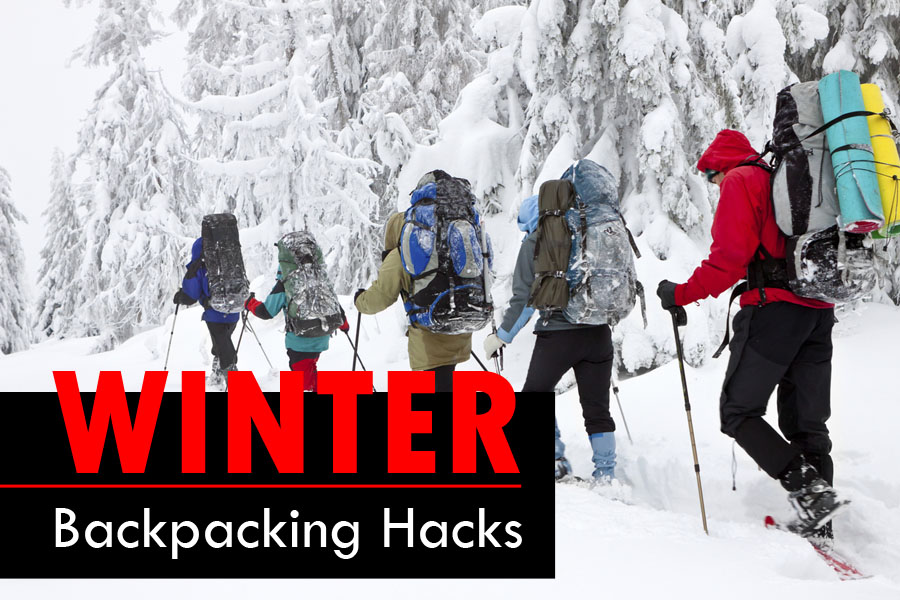Globetrotters from across the world choose to explore new countries and new experiences in a range of different ways. While your best friend may prefer to book his or her vacations through a travel agent, and spend them sitting on the beach sipping cocktails, your idea of true exploration might involve a backpack, and inches of thick, beautiful snow.
Since staying safe during a winter backpacking trip depends on more than just a dedication to your travel money belt intended to secure your personal belongings – we’ve put together a list of some of the most essential hacks for winter backpacking, to assist you in avoiding critical mistakes.
1. Use Oven Bags to Keep Socks Dry
If you’re hiking through the snow with nothing but a lightweight backpack to keep you company, then the chances are you’ve stocked up on the appropriate footwear. Unfortunately, even the most robust of boots will not keep you protected from leg and foot sweat. This moisture can provide a serious problem when you’re camping out in the cold, because wet socks often freeze overnight (unless you snuggle up with them in your sleeping bag).
This means that one of the most essential hacks for winter backpacking involves wearing oven roasting bags over your feet, and under your socks. It may feel strange, but your feet will sweat less, and your stocks will stay dry.
2. Insulate Fuel and Water Bottles
The chances are that if you’re planning on camping out in winter, you’ll have bought a couple of bottles of fuel along with you for your portable stove. In cold weather, however, the temperature of liquid fuel, or white gas, can dip below freezing while still maintaining its liquid form. Unfortunately, if that substance accidentally touches your skin, it will evaporate instantly and cause severe frostbite. In fact, simply touching an uninsulated bottle of fuel with your bare skin could cause injury. To prevent this, wrap the bottle with duct tape for insulation.
In the same vein, water bottles should also be carried in insulated pockets. The best way to carry water during a winter hike is in wide-mouth bottles. Fill the bottle full of boiling water with the tops upside down to ensure that they don’t freeze shut, then store the water in insulated pockets either inside or outside of your backpack.
3. Be Prepared for Emergency
Hiking and backpacking trips can be dangerous at the best of times, since the whole point is to get closer to nature – an unpredictable, and often fickle thing. Since stoves can fail in winter, and your tent can quickly get destroyed in a sudden snow storm, travelling during the colder months is even more dangerous than you might expect. It’s crucial to be prepared for an emergency, which can mean bringing an extra stove just in case one fails, ensuring someone has a spare tent, or simply having an escape plan setup if things begin to go wrong.
Remember, calling for help doesn’t make you a failure, it just means you realize how dangerous nature can really be.




